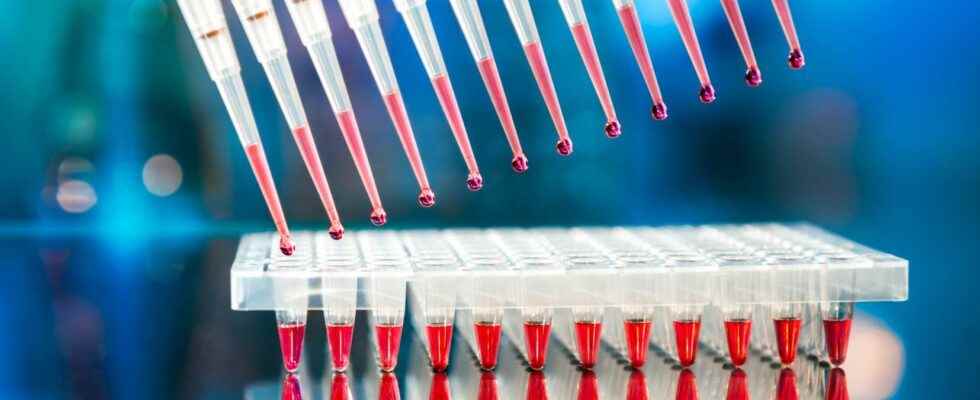The sequencing of the SARS-CoV-2 virus genome makes it possible to identify the variant involved in an infection. This is extremely important for monitoring the evolution of the virus, identifying any changes to the famous Spike protein, and if necessary adapting vaccines or implementing measures to slow down the circulation of the virus. But how does sequencing work?
You will also be interested
[EN VIDÉO] Long Covid: when symptoms last for months Many people have long Covid, a form of the disease that can stretch for months. © Futura
the sequencing is in a way the reading of the genome from virus, a sequence of 30,000 letters (bases). This text genetic contains the information needed to replication and virus production. This comprises about thirty proteins made up ofamino acids. Amino acids are bricks assembled together according to the instructions of the genome. The most famous of these proteins is protein Spike. It is she who allows the virus to bind to the human target cell. It is also she who is recognized by the antibody (from a previous infection or the vaccination) and which will trigger the immune response of our organism.
How do variants appear?
Since its appearance, the virus of Covid-19 has evolved. During the numerous replications of the virus, when it propagates from cell to cell, from host to host, copy errors may occur. This is called genetic mutations. A letter can be replaced by another or deleted. When the letters of the genome change, it is the protein synthesis instructions that are changed. Some changes have little impact, others much more. For example, when a mutation occurs at a strategic location in the Spike protein, the virus can become resistant to antibodies.
How to identify variants?
From a sample from an infected patient, it is possible to extract the genetic material of the virus and amplify it in order to be able to analyze it. machinery of sequencing high debit are able to read the genetic text of the virus, compare it to already known sequences and spot the differences. The data is then processed by bioinformatics. All of these steps last several days, which is why it is not possible to sequence all the samples of the tests of screening.
The information from the different samples from all the laboratories in the territory is analyzed to detect the appearance of a new variant as soon as possible, to trace its diffusion in space and in time.
There is another technique for drawing variants already known. This is the technique RT-PCR of screening. Instead of analyzing the entire genome of the virus, the machine goes in search of already identified mutations of variants in circulation. This method is much faster. Once a new variant has been identified, this technique is used to trace its spread.
Interested in what you just read?
Subscribe to the newsletter Health question of the week : our answer to a question you ask yourself (more or less secretly). All our newsletters
